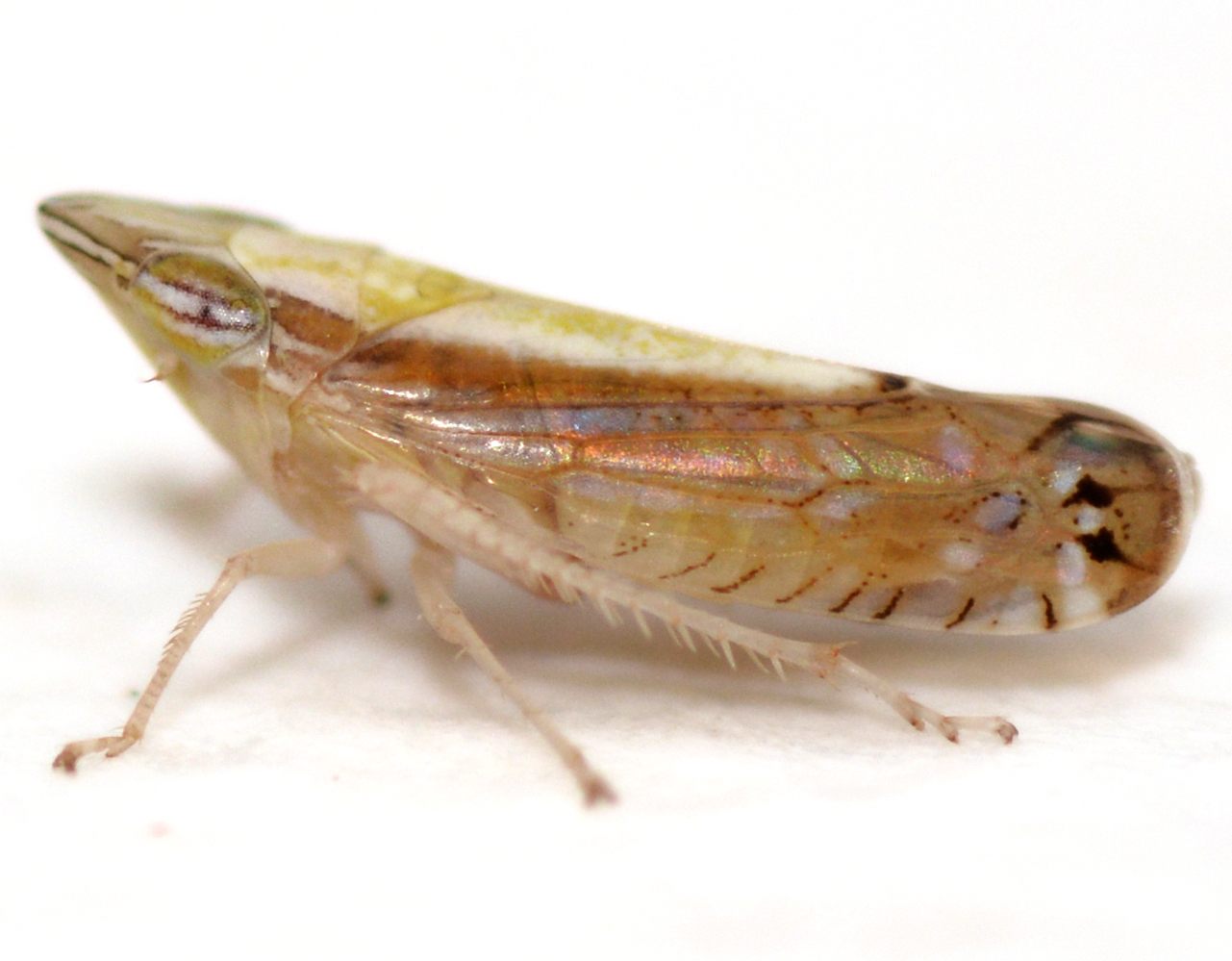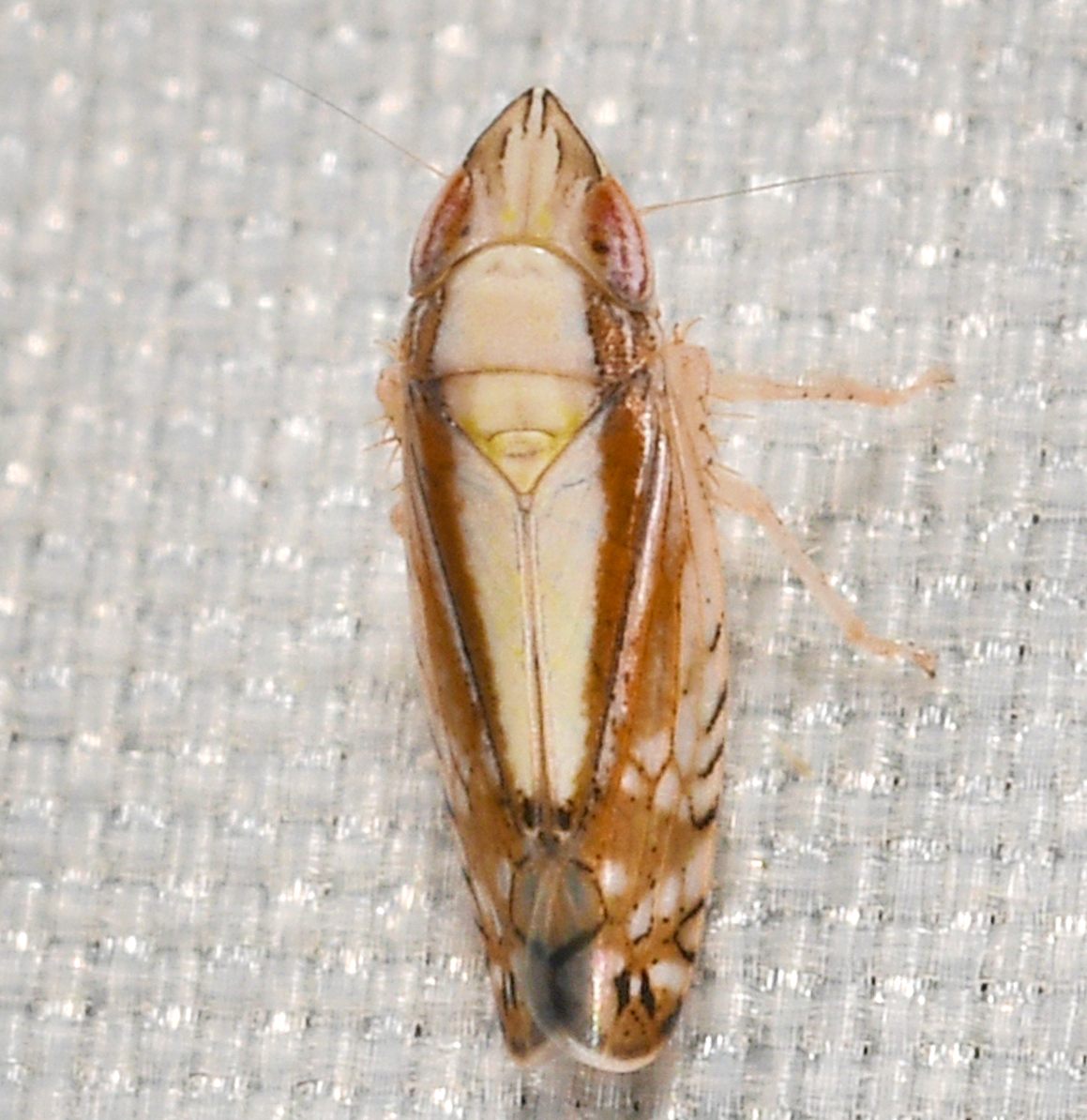| Family (Alpha): | |||
« |
 » » |
| CICADELLIDAE Members: | NC Records | |||||
|---|---|---|---|---|---|---|
Scaphytopius elegans - No Common Name | ||||||
 © Kyle Kittelberger- female, note pattern |  © Kyle Kittelberger- female |  © Mark Shields- male |  © Mark Shields- male, note pattern |
|
Hoppers of North Carolina: Spittlebugs, Leafhoppers, Treehoppers, and Planthoppers |
| Family (Alpha): | |||
« |
 » » |
| CICADELLIDAE Members: | NC Records | |||||
|---|---|---|---|---|---|---|
Scaphytopius elegans - No Common Name | ||||||
 © Kyle Kittelberger- female, note pattern |  © Kyle Kittelberger- female |  © Mark Shields- male |  © Mark Shields- male, note pattern |